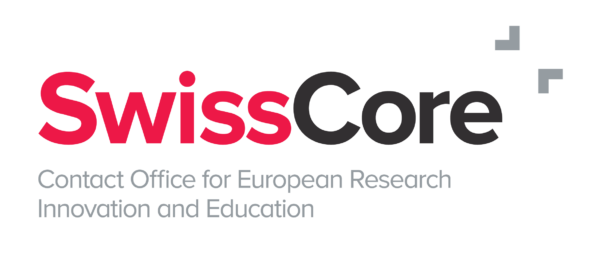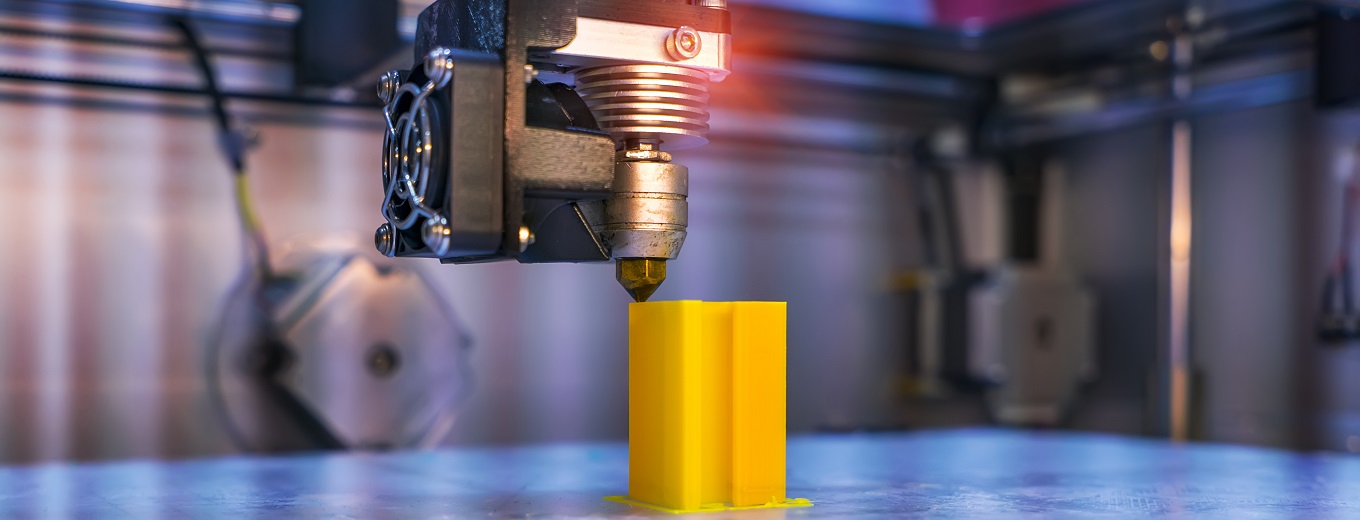The surge in patent filings for additive manufacturing is an early indication of its future importance – Switzerland contributes a remarkable share.
Patents are filed months, if not years, before the corresponding final product sees the light of day and hits the market. Therefore, looking at patent filings can be an early yet insightful indication as to what direction technologies are taking. The European Patent Office (EPO) has published a report in September that studies international patent families (IPFs) with a focus on trends in additive manufacturing (AM) – popularly known as 3D printing.
An international patent family is a collection of patent applications in two or more countries filed by a common inventor covering the same or similar technical content. An IPF thus constitutes a significant invention. The study’s overall findings suggest a significant increase in the pace of innovation in AM technologies over the past decade. The average annual growth rate of global patent filings in 3D printing between 2013 and 2020 amounted to 26.3%. This adds up to nearly eight times the average annual growth rate of patent filings in all technology fields.
Thanks to the advancements in additive manufacturing technologies, traditional technical restrictions to the industrial production process are being minimised. Waste reduction, geographical independence and ease of iteration are a few out of many advantageous features of 3D printing. With the course set to mass customisation, 3D printing is reforming manufacturing processes across industries.
The study conducted by the EPO further discusses the global distribution of IPFs in additive manufacturing. The United States claim 40% of all patents filed between 2001 and 2020. Europe – represented through the 39 Member States of the EPO – is responsible for 33% of the global share. Compared to other sectors where the European economy is lagging, Europe can compete in a neck-and-neck race here with the world leader, hoping to claim respective market shares. Within Europe, Germany accounts for 41% of the share in 3D patent filing, followed by France and the UK, with a share of 12% each. Relative to its size, Switzerland looks at a remarkable contribution of 8% to the European share of IPFs, which equals 2.6% of the global patents filed for 3D printing in the considered timeframe. This underscores the importance of the Swiss research and innovation communities for the European economy.
The application of 3D printing technologies has strongly diversified over the past decade. It has become specifically useful for the medical sector as well as transportation while also delivering valuable applications towards serial production in industries like fashion, electronics, construction, and food. Switzerland’s strongest contribution lies within the health and medical sector. A top applicant in selected health and medical applications is the Swiss company Sonova, together with its subsidiary Phonak, both specialising in hearing solutions. Between 2001 and 20202 they filed a total of 66 IPFs.
A considerably high share of worldwide AM IPF is held by universities or public research organisations (PROs). At 12%, it amounts to nearly double their typical share of patent filings. In domains related to health and medical applications of 3D printing, the share of universities and PROs is the highest. This enables pioneering developments in materials, procedures, and applications in the respective field. To foster respective innovation in Europe, the European Union launched the EU-supported 3D printing Accelerator FABulous already back in 2014. The instrument is part of the FIWARE Accelerator Programme, supported by Horizon 2020, and has helped over 100 European companies to grow.

